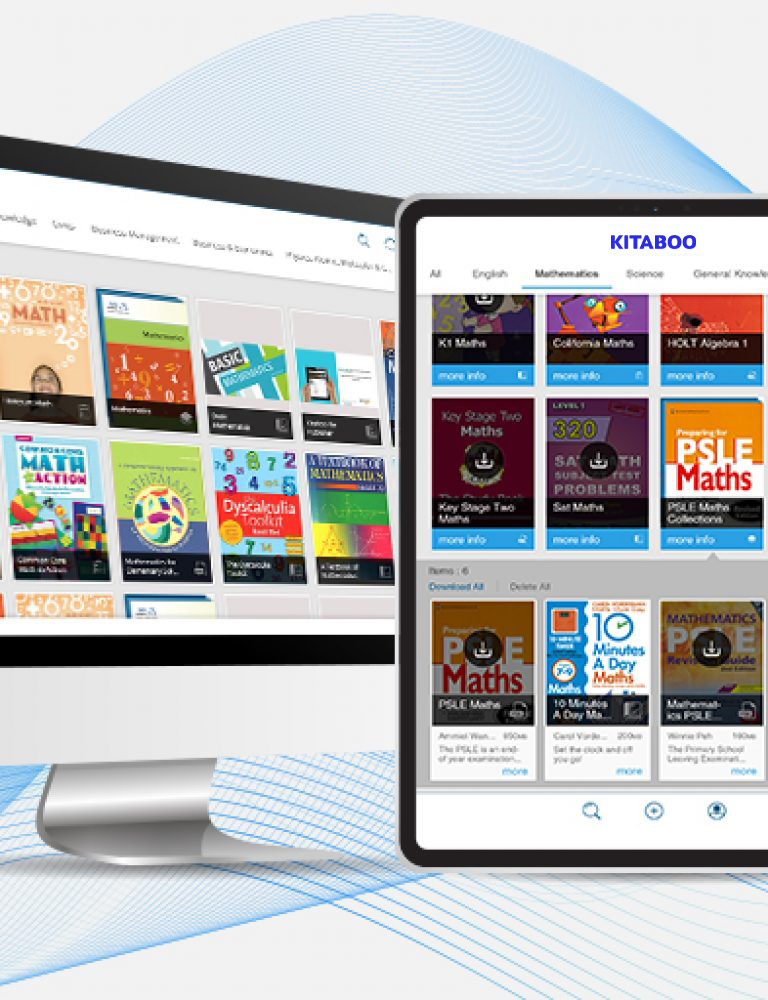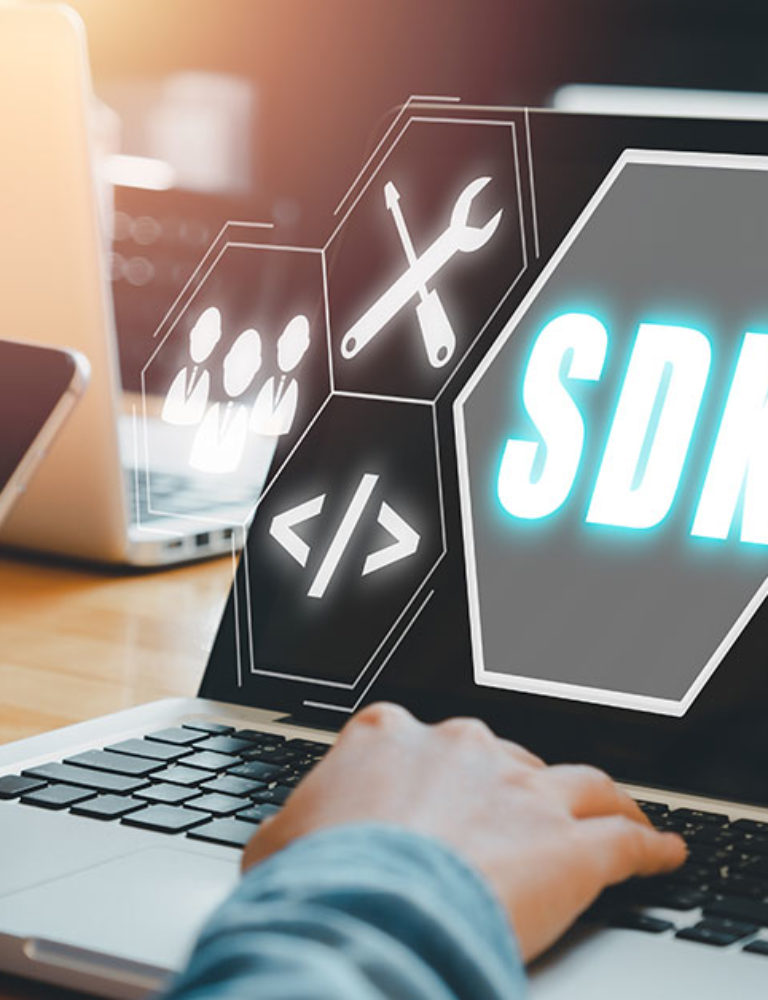In a world where education is rapidly evolving, Open Educational Resources (OERs) have emerged as a game-changer. A recent survey by NCBI shows a staggering 91% of respondents actively engaging with OERs. Yet, despite these impressive figures, OERs remain underutilized in many regions globally.
Despite being incredibly easy to access and cost-effective, these educational resources go unnoticed when it comes to mainstream teaching. Their potential extends beyond just being supplementary educational materials and can revolutionize the traditional teaching model.
For instance, platforms like KITABOO enable educators to not only access a vast library of resources but also to create and customize their own digital curriculum. This adaptability allows for a more interactive and personalized learning experience, tailored to meet the diverse needs of students.
In this blog, we will discuss how you can utilize Open Educational Resources to maximize learning potential. Read on!
Table of Contents:
I. What are Open Educational Resources?
II. What are the Benefits of Using Open Educational Resources?
- Broadening Access for All Learners
- Fostering Greater Collaboration
- Enhancing Customization and Personalization
- Facilitating Lifelong Learning Opportunities
- Offering Cost-Saving Alternatives
III. Top Applications of Open Educational Resources to Maximize Learning Potential
IV. Wrapping Up
What are Open Educational Resources?
Open Educational Resources (OERs) refer to free online educational content and study materials that are universally accessible. This includes textbooks, eBooks, lecture notes, dissertations, research papers, assignments, multimedia, etc.
The USP of OERs is their license-free nature. This means that unlike other pieces of content found online, these learning materials come associated with an open-sourced license. That makes them accessible to all without any legal implications.
Generally, these resources are leveraged by educators, students, and self-paced learners to gain knowledge and refine skills. With the aim of making learning available for all, Open Educational Resources are one of the best means to indulge in online education.
What are the Benefits of Using Open Educational Resources?
Whether it’s primary, middle, or higher education – the use of Open Educational Resources (OERs) can confer a multitude of benefits. In fact, these advantages include both learning and teaching processes.
Below are some key benefits of integrating OERs into various educational levels:
Broadening Access for All Learners
Out of the many barriers to education, limited accessibility to quality resources tops the list. As per UNESCO, this is one of the major contributing factors why over 600 million children worldwide cannot attain minimum proficiency levels despite being enrolled in a school.
Here, OERs can emerge as a fundamental remedy. These learning resources aren’t only supreme in quality but also free and open to access for all. This can exponentially boost student accessibility.
Fostering Greater Collaboration
OERs can serve as a medium that fosters collaborative learning practices between educators and learners. Through its utilization, teachers can not only use pre-loaded study materials to teach their students.
Additionally, educators can upload and share their own resources on the portal, like eTextbooks created with the help of digital textbook platforms like KITABOO. This will help students browse through a wide range of learning materials whilst arousing a sense of collaborative, community learning.
Enhancing Customization and Personalization
Modifying physical learning materials as per the needs of different students can be a laborious process. However, it’s also true that this kind of personalization never proves to go in vain. So, OERs emanate as an effective solution.
These learning resources offer efficient means and tools for tailoring educational content based on specific requirements. Educators can do everything – modify, combine, and rearrange learning materials to fit diverse learning needs. This way, they can create a more engaging and relevant learning experience for each student.
Facilitating Lifelong Learning Opportunities
OERs are not bound to any hard and fast curriculum. These resources consist of educational content across different genres and standards. This is nothing short of a boon for inquisitive learners.
With their vast library of learning materials, OERs seamlessly encourage lifelong learning. Moreover, as these platforms are generally global in nature, learners also get an opportunity to expand their geographic learning horizons.
Offering Cost-Saving Alternatives
When it comes to education, affordability is another obstacle. Many children, especially those belonging to lower-income groups, choose to skip school in order to avoid expenses.
OERs emerge as a significant solution to this challenge. By providing cost-saving alternatives to traditional educational materials, OERs make education more accessible and equitable. With their implementation, institutions and educators can extend educational facilities to underprivileged children at subsidized fees. Moreover, self-paced learners can utilize these free resources to learn new skills and hone existing ones without any cost.
Top Applications of Open Educational Resources to Maximize Learning Potential
If you’re a coach or an educator, there are several ways you can employ Open Educational Resources (OERs) in your institution to ensure maximum learning efficiency.
Here are a few of the most common applications that can significantly enhance the learning experience:
Sharing Study Materials
The most straightforward yet lucrative use of an OER is for sharing educational content with the learners. As these resources host a variety of assignments, dissertations, essays, and other courseware, you can easily curate a digital curriculum and share it with your students.
If deemed necessary, you can also add your personal notes, eBooks, etc., to the platform and create a comprehensive library of study materials.
Imparting Global Knowledge
The academic resources in OERs are not restricted to a specific region/educational body. Thus, teachers can use it to unleash the potential of global learning. With their help, teachers can traverse across books and impart a plethora of knowledge about topics relating to different geographies, cultures, etc. This holistic, global teaching approach facilitates the all-round development of students.
Supporting Special Learning Needs
Educators can use OERs to accommodate the unique needs of special needs students.
As these educational resources are available digitally, they offer multiple accessibility features and multimedia elements such as text-to-speech, alt texts, audio, video, and so on. This eradicates the obsolete “one size fits all” approach to teaching and makes it more inclusive and adaptable for students.
Wrapping Up
Open Educational Resources (OERs) are an incredible means to reap the benefits of online learning.
Without any affiliated cost, these resources allow learners to access top-quality educational content across a variety of different subjects. Whether you’re an educator or a learner, the potential of OERs to enhance the educational experience is undeniable.
In this context, KITABOO emerges as an exemplary digital textbook platform, enhancing the utility of OERs. It enables you to create and publish interactive educational content like eBooks that you can easily upload and share on an Open Educational Resource.
Write to us at KITABOO@hurix.com for more details.
Discover How An Ebook Conversion, Publishing & Distribution Platform Can Help You
Kitaboo is a cloud-based content platform to create-publish & securely distribute interactive mobile-ready ebooks.
You May Also Like








